For Italians, food is a conversation topic you can truly sink your teeth into.
As an American, I can appreciate but never truly grasp the complexities of a discussion among Italians about food. There are just too many layers to unpack. The whole subject is like a lasagna: pasta on top of béchamel sauce on top of meat sauce on top of more pasta.
Unless of course you’re eating the lasagna in Genoa. Then it would be all that but with fish. Or Naples, where it would be San Marzano tomatoes and mozzarella.
No matter how you slice it, food here goes deep. It’s a theme with innumerable variations; a simple story with a myriad of different meanings.
I remember once being caught in a train that was inexplicably delayed just outside of Bologna. At first, the passengers on the train were furious. But after about 15 minutes, two men in front of me began to converse about their destinations and plans for the evening.
One was staying in Bologna, where he was looking forward to a pasta with the classic ragù bolognese. The other was heading on to Toscana, where he was planning on a bistecca alla fiorentina. Then they began to compare the methods of preparation for the various local specialties, debate in which small town to find the optimal ingredients, and discuss which dishes were seasonally appropriate for the moment.
Soon the other passengers in the car were weighing in, each sharing their own destination and dinner plan along with the intimate details of their local recipes. The conversation was still going strong when the train finally started to move almost two hours later. I think people were actually a little disappointed to pull into the station. Except perhaps the guy heading out for the tagliatelle alla bolognese. Everyone on the train wished him a buona cena and sent him on his way.
That’s how it goes with food in Italy. Regardless of what world crisis is brewing, it remains the number one talking point on every morning radio show, in every bar, even in the gym locker room. It’s hard to imagine a scenario similar the one in the train taking place in America, other than a debate about barbecue and who does it better, Kansas City or North Carolina.
But an America barbecue debate would be a fight to the death, with a goal of ultimately declaring a winner and loser. Italian food conversations are not really like that. Though you certainly find people promoting their local products—and openly confessing their bias toward whatever is the custom in their region—what really fascinates Italians is the differences. They want to know who uses butter and who uses oil; pecorino cheese or parmeggiano; guanciale or pancetta. It’s not so much about winning and losing. It’s about how you play the game with 10,000 different rule books.
Although emotions can run high. Food conversations are frequently about much more than food, and not surprisingly, the implications can be wide-ranging. The decision to put pineapple on a pizza, or serve a fruit out of season, or buy a truffle from an unknown seller is not a small one. Be prepared for angry dissertations about respect, tradition, climate change, “big ag”, community solidarity, and international trade. And that’s before anyone mentions how it tastes. Food is cultural, historic, economic and very political.
It’s also personal. We often buy our cheese at a farm called Fontegranne just a few minutes from our home in Le Marche. We know the Scarafoni family who owns the farm, and we know the goats too and greet them each time we visit. Despite being a small mom and pop business, Fontegranne shows up in many of the region’s better supermarkets and top restaurants. We always order it if it’s on a store shelf or a menu— in part because it’s delicious, but also because we know who made it and it reminds us of home.
Italians like to know where their food comes from. Ideally, they want to know the actual producer. Second best is to know the region where it’s grown or made. Even in a supermarket, there are often signs on the fruits and vegetables to indicate their place of origin. Lack of a sign usually indicates the worst: something from outside of Italy. It may as well have a sign saying “eat only in case of emergency.”
I was at the Mercato Trionfale in Rome last week and saw a fruit vendor with two different displays of strawberries. I asked the shopkeeper what the difference was, and he looked at me as if I were comparing apples and oranges. One was from Calabria, he explained, while the other was local, from a place on the outskirts of Lazio. “Which are better?” I asked. “Boh” he replied with a shrug. “Diverse”. Just different.
You could say the same about olive oils from Toscana or Puglia, or chocolate from Perugia or Torino. The Neapolitans have a pretty strong claim on pizza, but there’s something to be said for the thin crust version in Rome. Not better. Different.
In the end, you may wonder if all this talk, this endless obsessing about ingredients and recipes actually translates to anything tangible. Does food in Italy really taste better than in other places?
Often it does, though certainly not always. But wherever you go, it will taste different and that’s the fun of it. It’s why the odds of being surprised by joy—of biting into something that is so much better than you ever expected— are higher here than almost anywhere on earth.
Even a one-time visitor to Italy will inevitably leave with a food memory etched forever on his or her palette. These things stick with you: a branzino from a scruffy Sicilian fish shack by the sea, a ribollita in an out of the way trattoria in a chilly Tuscan hill town, or a limone gelato from hectic, tourist-filled shop in Ravello. A meatball that altered your consciousness at a roadside bar in Abruzzo. You go home and tell all your friends what an amazing thing you ate on your vacation, and at least for a moment you’re very Italian indeed.
This week I’ll be joining Wendy Holloway from Flavor of Italy and Jo Piro of Lake Garda Diaries for a live chat at Grubstack, Substack’s virtual food festival. The event is accessed through the Substack App on Friday, March 14 at 6pm Italy time— that’s 1pm on the East Coast of the US and 10am on the West Coast.
Aside from almost prodigious levels of consumption, I have very few qualifications to be on this panel about food, certainly much less than my colleagues. I suspect I’ll be in about the same position as I was that day on the train to Bologna, just taking it all in as a roomful of experts talk about Italians doing what they do best, which is to elevate even the most basic human activity to something beautiful. I hope you’l join us!

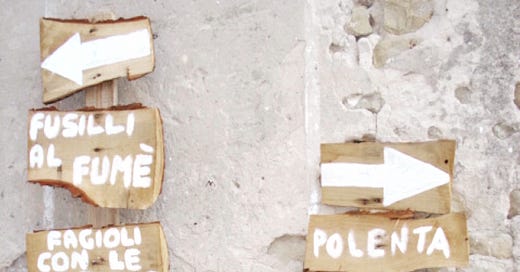



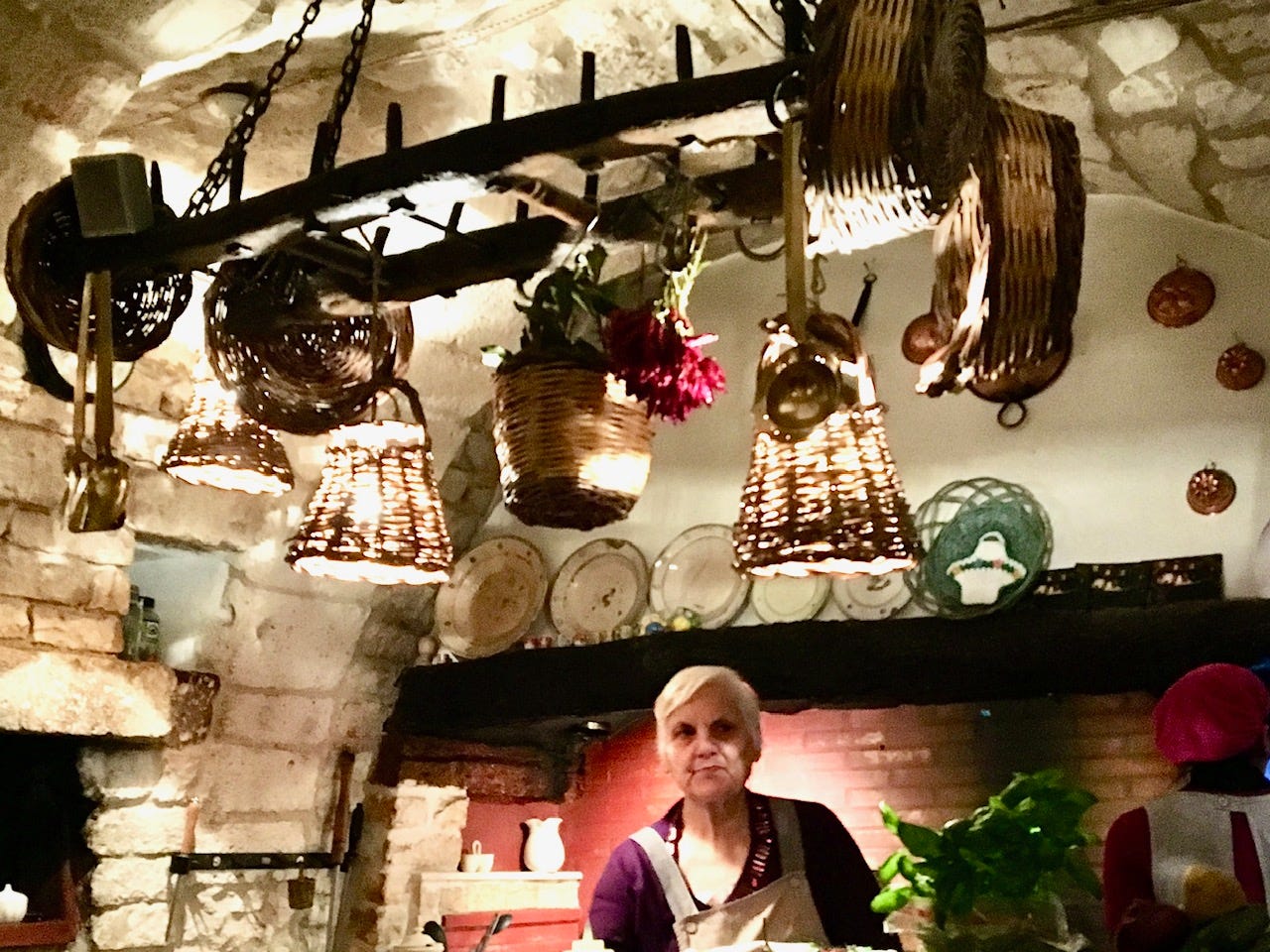
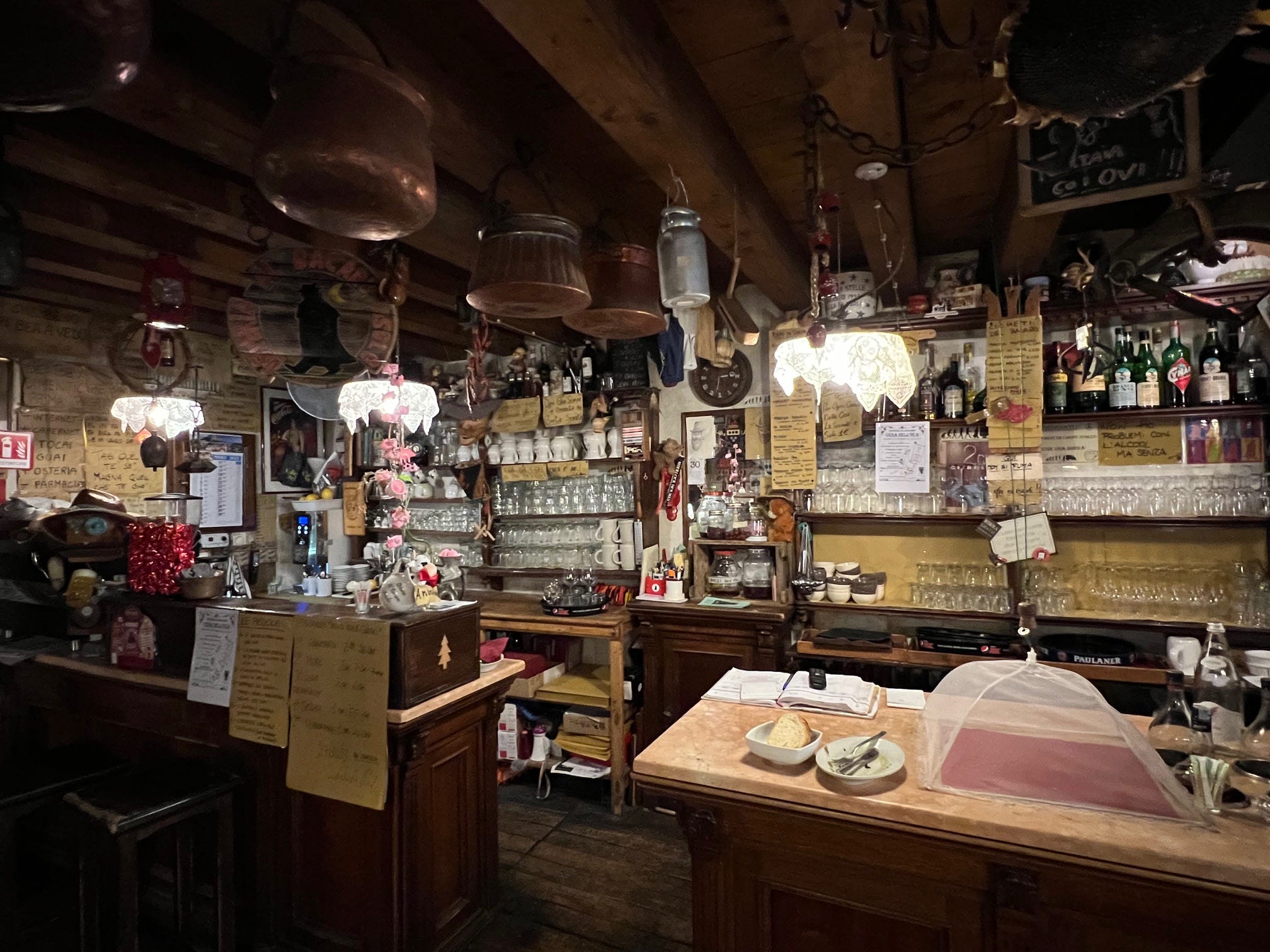
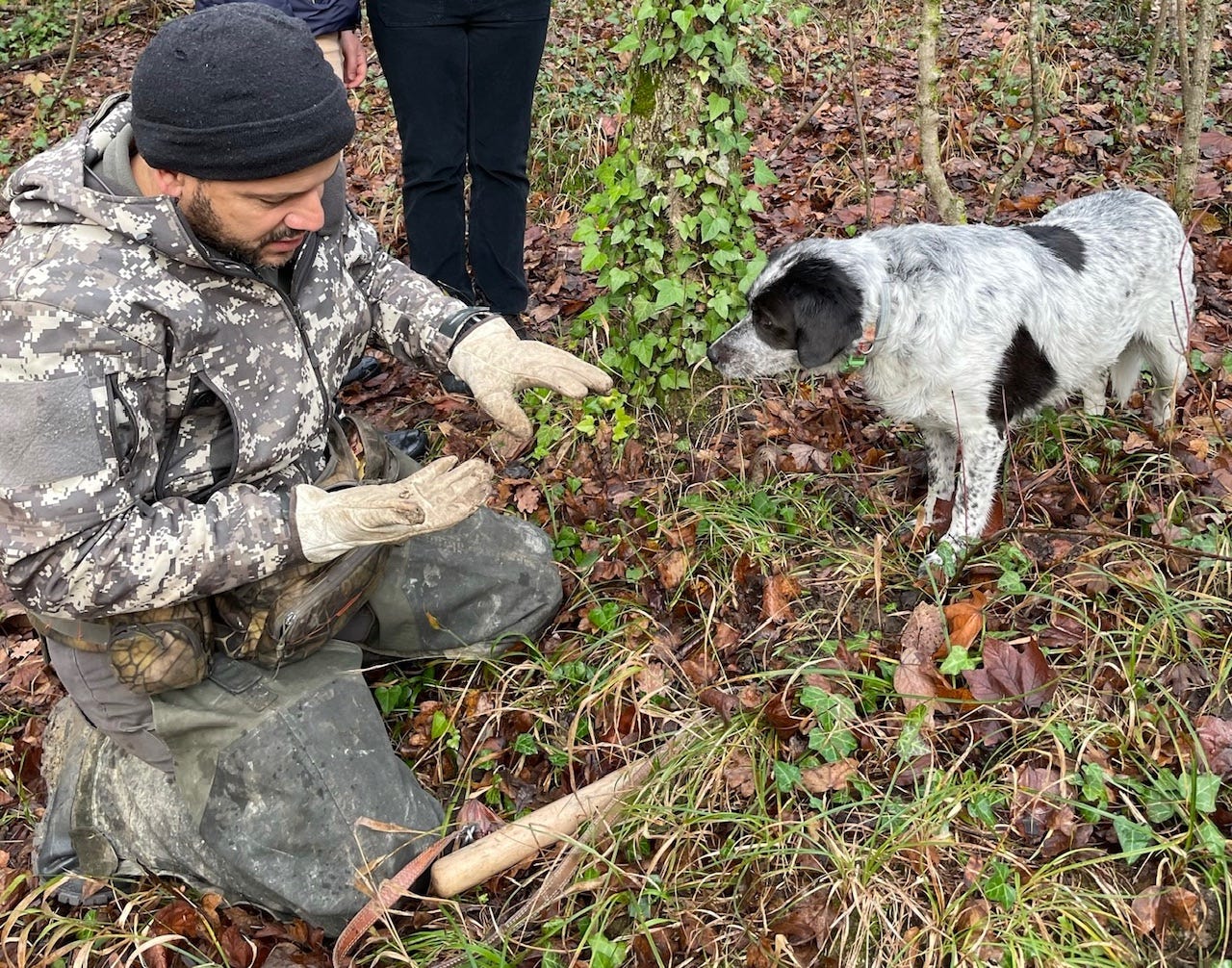
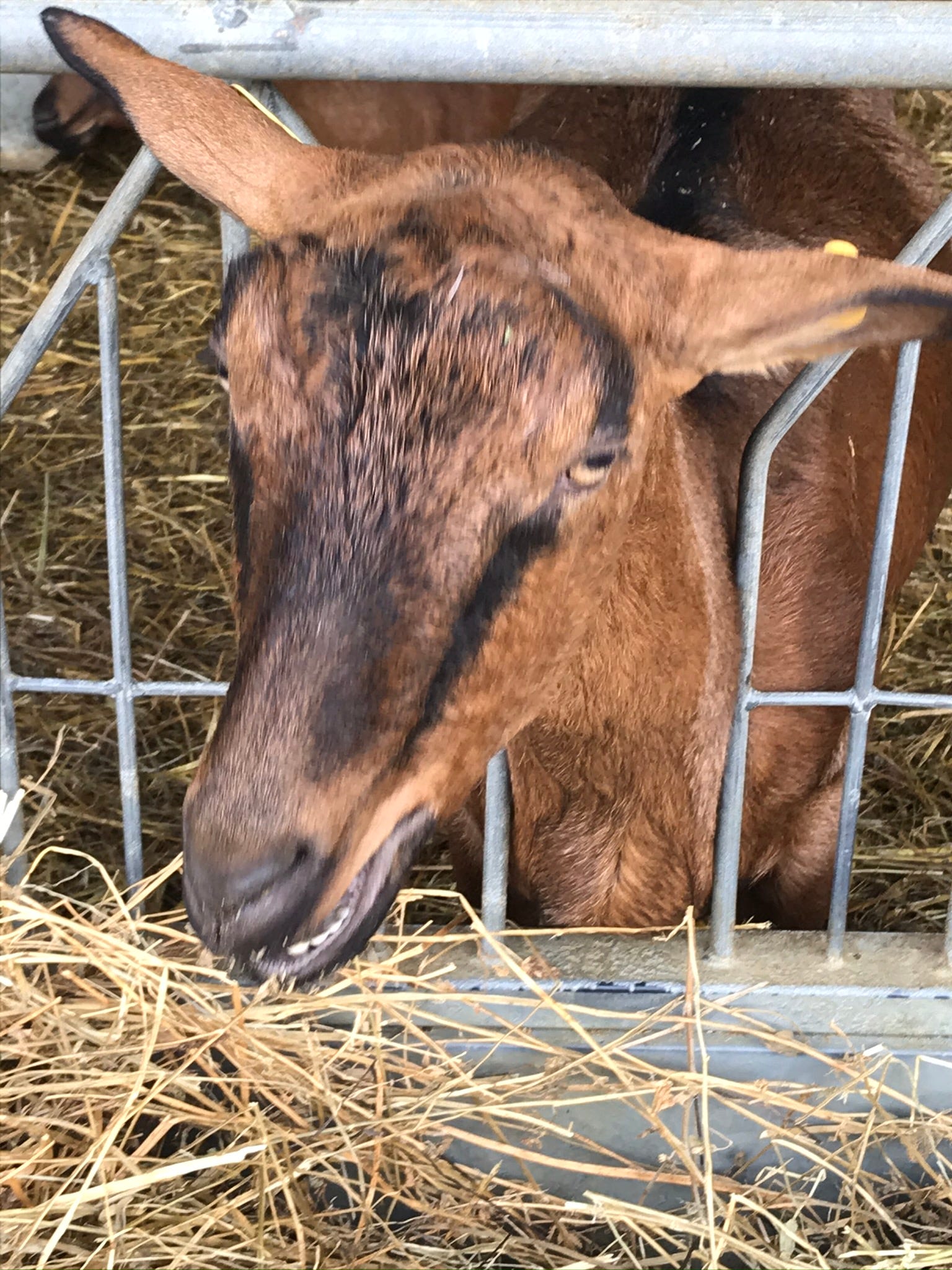


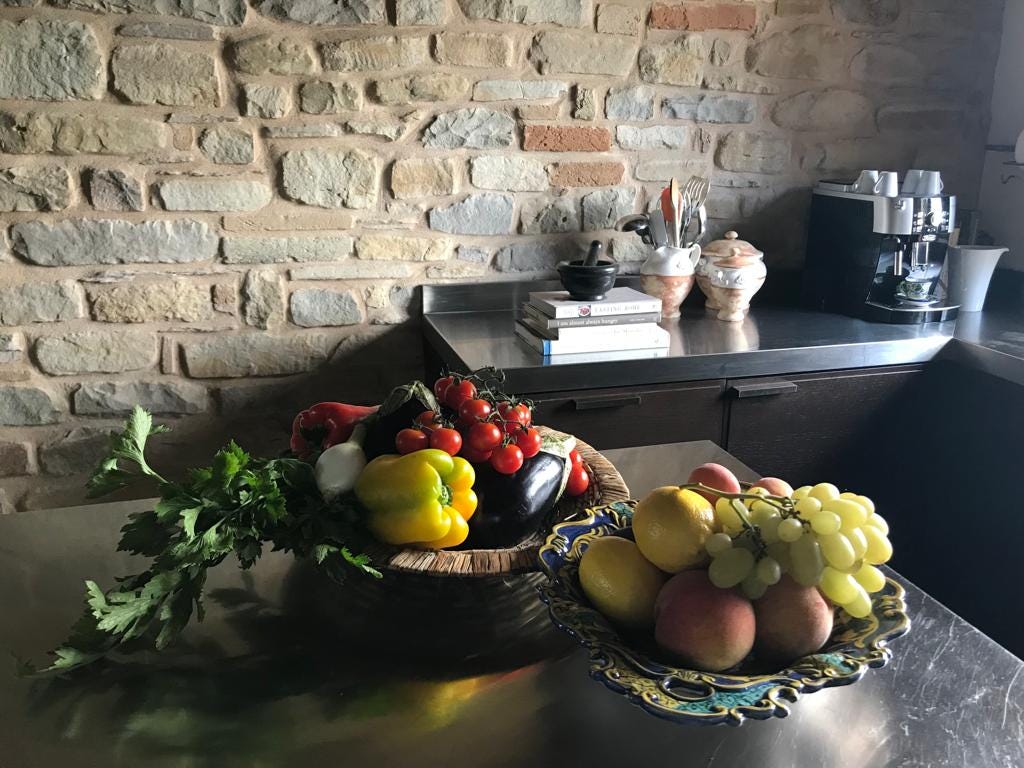
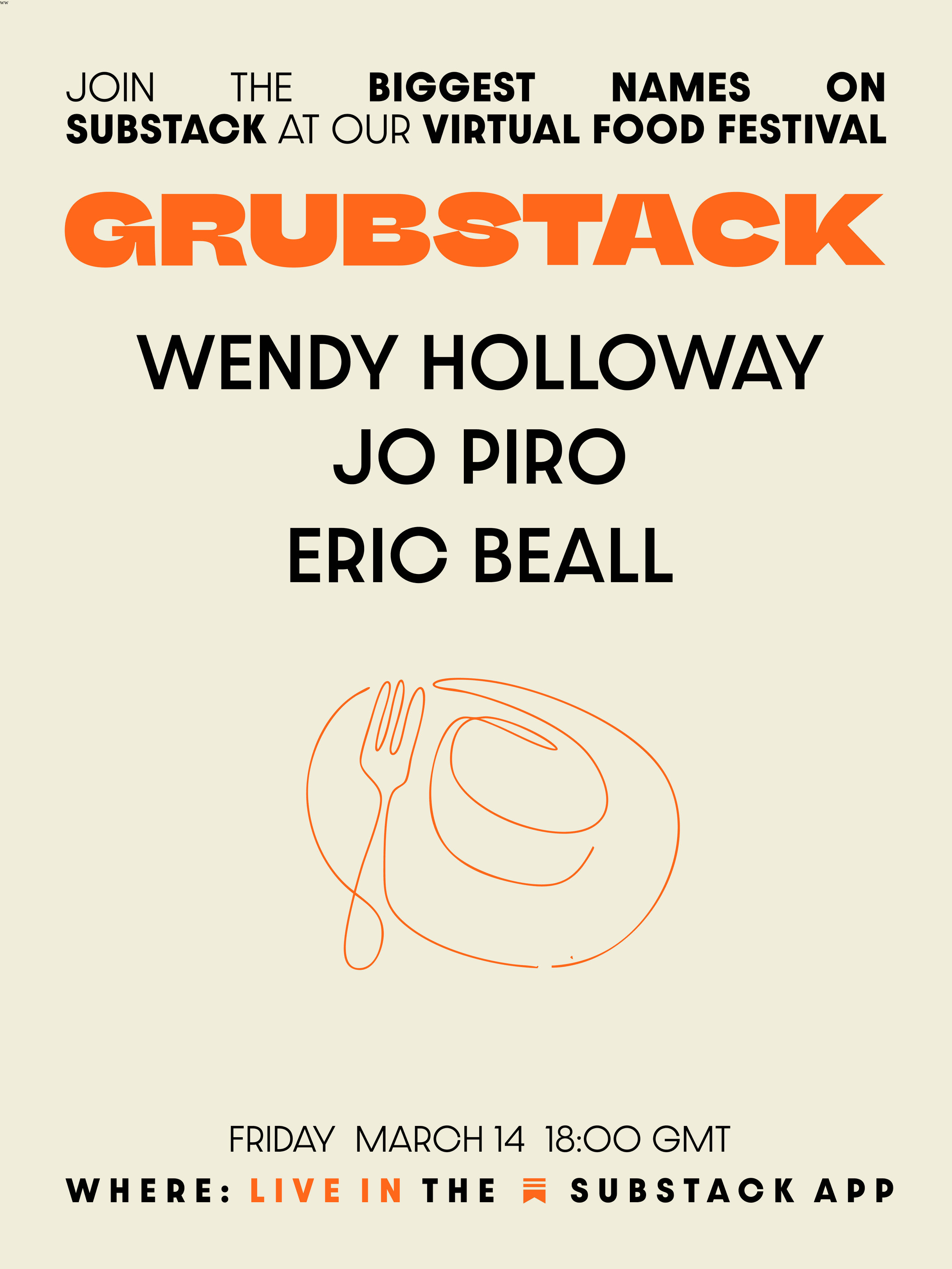
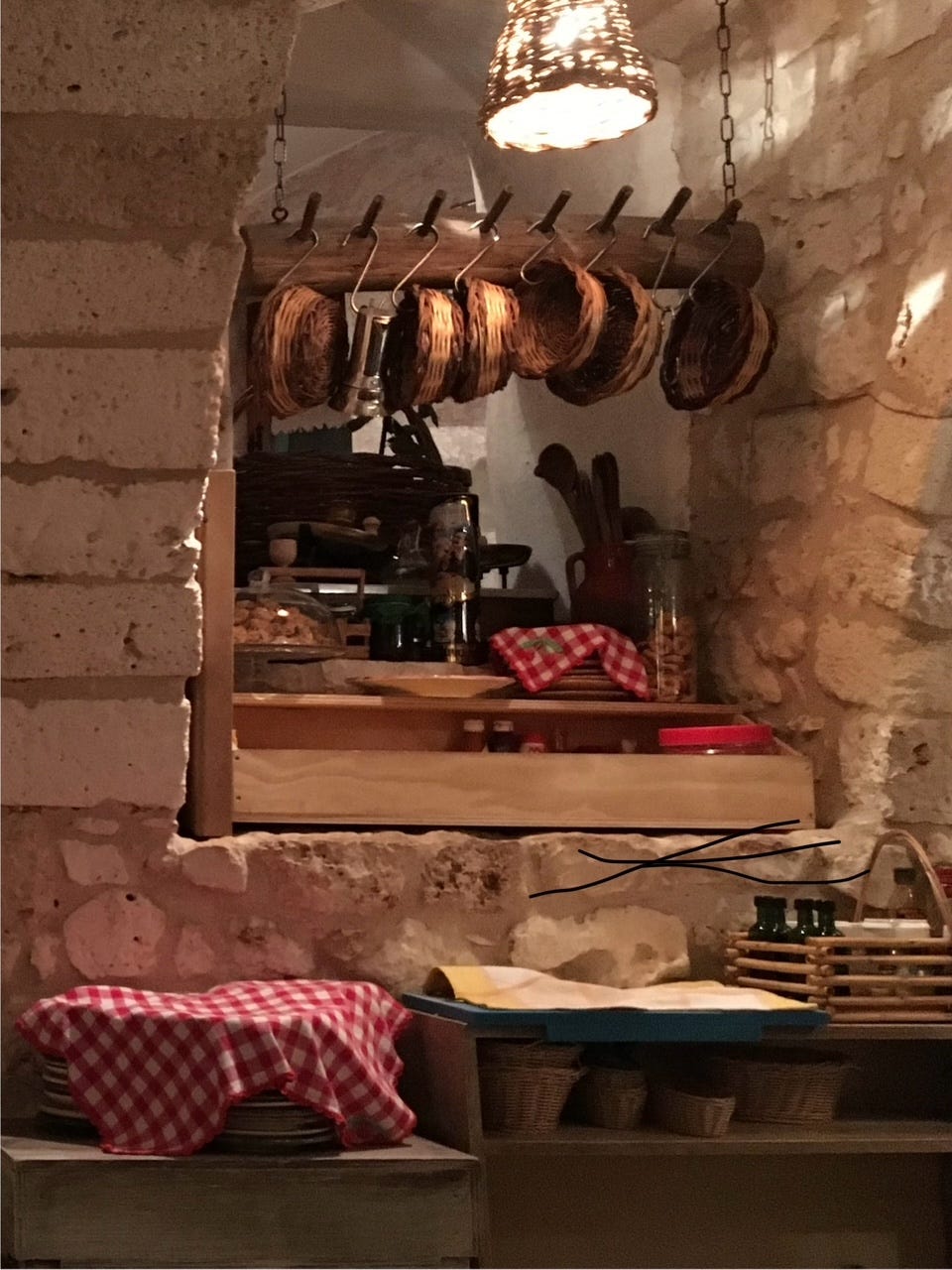
Thanks so much-- would love it f you'd join. Apparently the time I was given was incorrect. It's scheduled for 2pm in Atlanta. Hope to see you there!
Thanks so much-- would love it if you tune in! Apparently they had the time wrong-- it's going to be at 7pm (Italy time) on Friday. But we'll be finished in time for cena :)